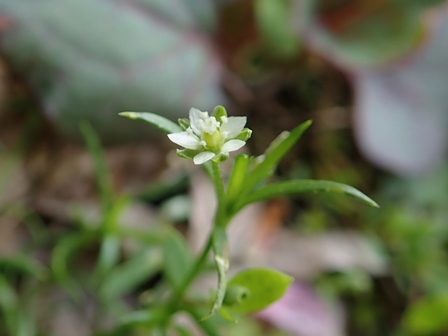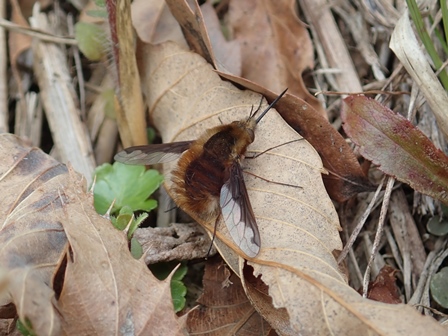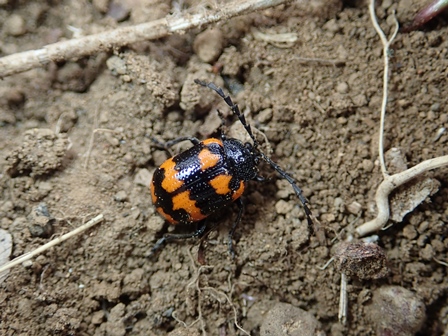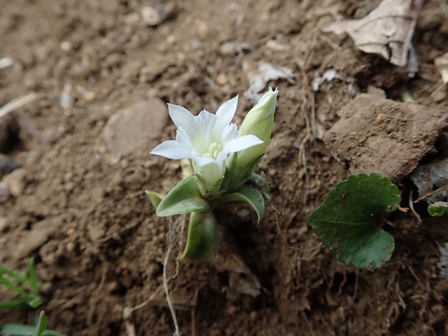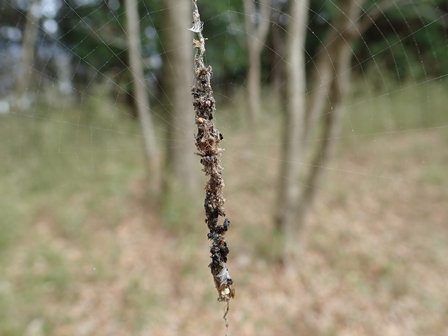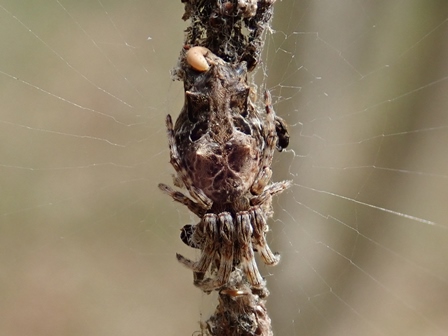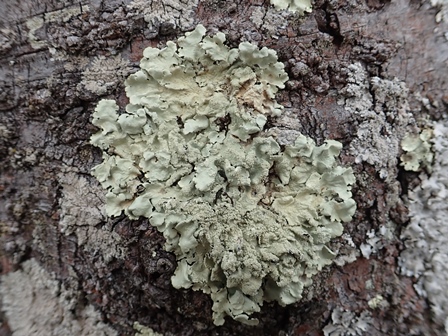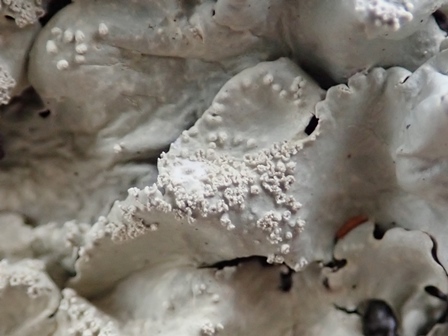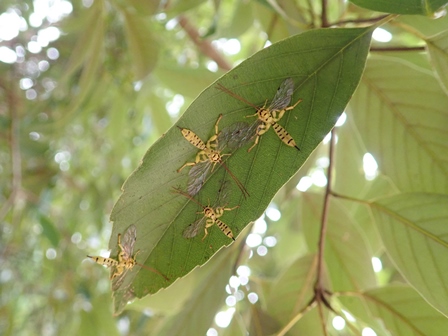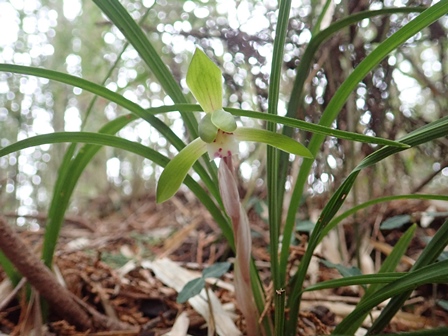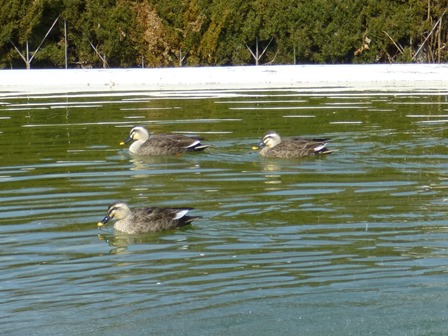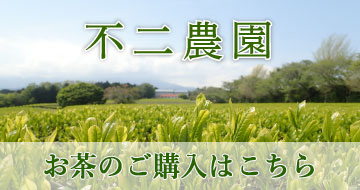フィールド日記
2021.04.09
ツメクサ
キャンプ場でツメクサが咲いていました。道端や空き地でよく見られる1年草または越年草です。葉が細く、先がとがっており、鳥の爪に似ていることからツメクサ(爪草)と呼ばれています。
"Tsume-kusa (ツメクサ)" plants are in bloom in the campsite. They are an annual plant or a winter annual plant often seen in roadsides and vacant lands. "Tsume (ツメ)" in its name means "claws". Their narrow pointed leaves look like bird claws, so they are called "Tusme-kusa".
2021.04.06
ビロウドツリアブ
共生の森でたくさんのビロウドツリアブを見ることができます。春に見られるアブのなかまで、長い口吻で花の蜜を吸っています。ブーンという羽音を立てながら、羽を高速で動かし、ホバリングすることができます。まるで何かに吊るされているように、空中で静止している様子と、体にビロードのように毛が密に生えていることが和名の由来のようです。
I found many bee flies called "Biroudo-tsuriabu (ビロウドツリアブ)" in the Kyoseinomori-Forest (共生の森). They appear in spring and have a long proboscis to suck nectar. They move their wings quickly to hover making a bee-like noise. The name comes from their movement in the air and their hairy appearance like a velvet.
2021.04.02
ニホンアマガエル
共生の森でニホンアマガエルを見つけました。暖かい日が続き、冬眠から目覚めたようです。周囲の環境に合わせて体色を変化させることができ、地面の色に溶け込んでいました。
I found a frog called "Nihon-Amagaeru (ニホンアマガエル)" in the Kyoseinomori-Forest (共生の森). As we have had the warm weather for a few days, they seem to have waken up from hibernation. They change their body color adjusting to the environment, so the frog blends with the ground.
2021.03.30
イタドリハムシ
駐車場のそばでイタドリハムシを見つけました。名前の通り、主にイタドリを食草とするハムシです。黒地にオレンジ色の斑紋がよく目立ち、一見するとテントウムシのようにも見えます。毒をもつテントウムシに擬態し、身を守っていると考えられます。
I found a leaf beetle called "Itadori-hamushi (イタドリハムシ)" near the parking area. "Itadori (イタドリ)" in its name are some kinds of plants and they literally eat the plants. They have bright orange spots on the black-base body so they look like a ladybug. They probably mimic toxic ladybugs to protect themselves from their predators.
2021.03.26
シロバナフデリンドウ
クヌギ林の林床でシロバナフデリンドウが咲いていました。フデリンドウは青紫色ですが、白花品をシロバナフデリンドウと呼び、区別しています。今年もたくさんのフデリンドウが咲いていますが、見つけられた白花品はこの1株のみでした。
A "Shirobana-Fuderindou (シロバナフデリンドウ)" plant is in bloom on the Japanese chestnut oak woodland floor. In general, the flowers of "Fuderindou (フデリンドウ)" plants are violet, but there are white ones and we call them "Shirobana-Fuderindou (シロバナフデリンドウ)". Many "Fuderindou (フデリンドウ)" plants are in bloom this year again, but I was able to find only this "Shirobana-Fuderindou(シロバナフデリンドウ)" plant.
2021.03.23
ゴミグモ
共生の森でゴミグモを見つけました。ゴミグモは巣の中心に食べかすや脱皮殻などのゴミを帯状に付着させる習性があります。
ゴミの中にはゴミグモが潜んでおり、ゴミに擬態することで捕食者から身を守っていると考えられます。しかし、写真をよく見ると、腹部の先端に幼虫が見られます。これはクモに寄生するクモヒメバチの幼虫です。ゴミグモの擬態もクモヒメバチを欺くことはできないようです。
I found a spider called "Gomi-Gumo (ゴミグモ)". "Gomi (ゴミ)" means "trash". They literally have a custom that they gather trash like leftovers and put them on the center of their webs. They hide in the trash to protect themselves from attacks of their predators. However, taking a closer look, you can find a worm on the tip of the abdomen. It is a larva of a wasp that parasitizes spiders. It seems that the mimicry of the spiders can't trick wasps.
2021.03.19
キウメノキゴケ
桜の木の樹皮にキウメノキゴケが見られました。菌類と藻類の共生体である地衣類のなかまです。名前の通り、他のウメノキゴケのなかまに比べると黄色っぽく見えます。
パスチュールと呼ばれるブツブツした構造が地衣体表面にあるのが特徴です。
I found lichens called "Ki-Umenokigoke (キウメノキゴケ)" on the bark of a cherry blossom. Lichens are a symbiont that consists of fungi and algae. "Ki" in its name means "yellow" and they are literally yellowish compared to other lichens in the "Umenokigoke" group. They have a small wart-like feature on the surface, which is called "pustules" in jargon.
2021.03.16
ミノオキイロヒラタヒメバチ
樫の木の葉の上で越冬しているミノオキイロヒラタヒメバチを見つけました。足を水平に開き、ぴったりと葉にくっついていました。この葉にだけ4匹が集まっていたので、集団で越冬する性質があるようです。ヒメバチは他の昆虫に寄生する寄生蜂として知られています。
I found a group of ichneumon wasps which is staying over the winter on a leaf of oak tree. They are called "Minoo-Kiiro-Hirata-Himebachi (ミノオキイロヒラタヒメバチ)". They horizontally stretched their legs and clung to the leaf. As they are seen only on the leaf, they seem to have a habit to stay over the winter as a group. Ichneumon wasps are known as parasitoid wasps that parasitize other insects.
2021.03.12
シュンラン
ヒノキ林でシュンランが咲いていました。和名は春に咲く蘭を意味します。乾燥した落葉樹林内に生えるとされますが、不二聖心ではヒノキ林の林道沿いに見られることが多いです。
"Shun-ran (シュンラン)" plants are in bloom in the Japanese cypress woodland. The Japanese name "春蘭" in Kanji means "orchids that bloom in spring". They are supposed to grow in dry deciduous forests, but in Fuji-Seishin, they are seen along the path through the Japanese cypress woodland.
2021.03.09
カルガモ
築山の池にカルガモが飛来していました。カルガモは身近な池や河川で周年見られる留鳥ですが、不二聖心では時々プールや池に飛来することがあります。過去の記録を見ると春に見られることが多いようです。
I saw wild ducks called "Karugamo (カルガモ)" which came flying to the pond in an artificial hill. They are sedentary birds that are seen all year round at ponds and rivers around us. We can sometimes see them in our school's pool and pond. According to the previous records, they seem to be often seen in spring here.


